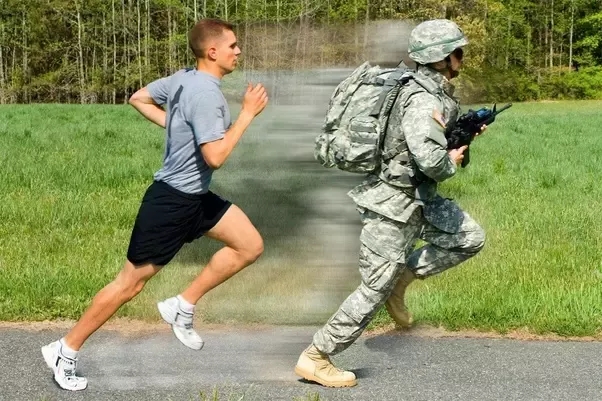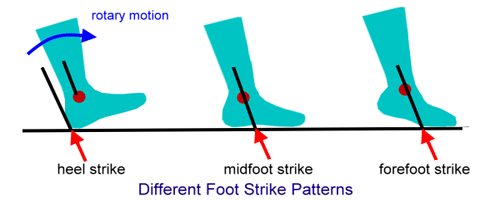
Running is probably one of the oldest forms of physical activities.
Tip 1: A physical activity is different from a exercise. Furthermore, there are general exercises and specific exercises.
The study of different running styles and classifications is a very popular subject now but some people still do not understand what they are. After all, running is just running?
Well, things are a little bit more complex. More research is needed to determine if different foot strikes give runners any advantage during their races.

Basically, there are important mechanical differences between midfoot strike, forefoot strike, and heel strike (the 3 main styles of running). See image above.
Forefoot striker
Forefoot runners land on the forefoot ( ball of their foot or on their toes). As they stride, their heel may not hit the ground at all. This stride can cause your body to lean forward. It may put additional strain on your toes and calf muscles.
Landing on your forefoot ( the balls of the feet and toes) is considered effective. But landing on the toes may cause injury if you’re a distance runner. Although it’s effective for sprinting and short bursts of speed, landing too far forward on your toes isn’t recommended for longer distances. It could lead to shin splints or other injuries.
Common injuries? You may be more prone to injure your ankle, Achilles tendon or to have plantar fasciitis
Midfoot strike
Considered the most “neutral” strike, midfoot strikers land in the center of their foot, with their body weight evenly distributed to the ankles, hips, back, and knees. Midfoot runners may be able to run efficiently and with speed.
Common injuries? You may experience foot, ankle, or Achilles pain at some point.
Heel striker
As mentioned, heel strikers hit the ground with their heels first before the rest of their foot hits the ground. This can put additional strain on the knees.
Common injuries? You may be more prone to knee and hip pain.
Tip 2: Any changes to your running form or trainers should be done gradually. The running style should fit your body type and your anatomy.
Tip 3: A sudden increase in training mileage or a quick uptick in speed training means you overwork the muscles when they’re not quite ready, which can lead to unnecessary pain.